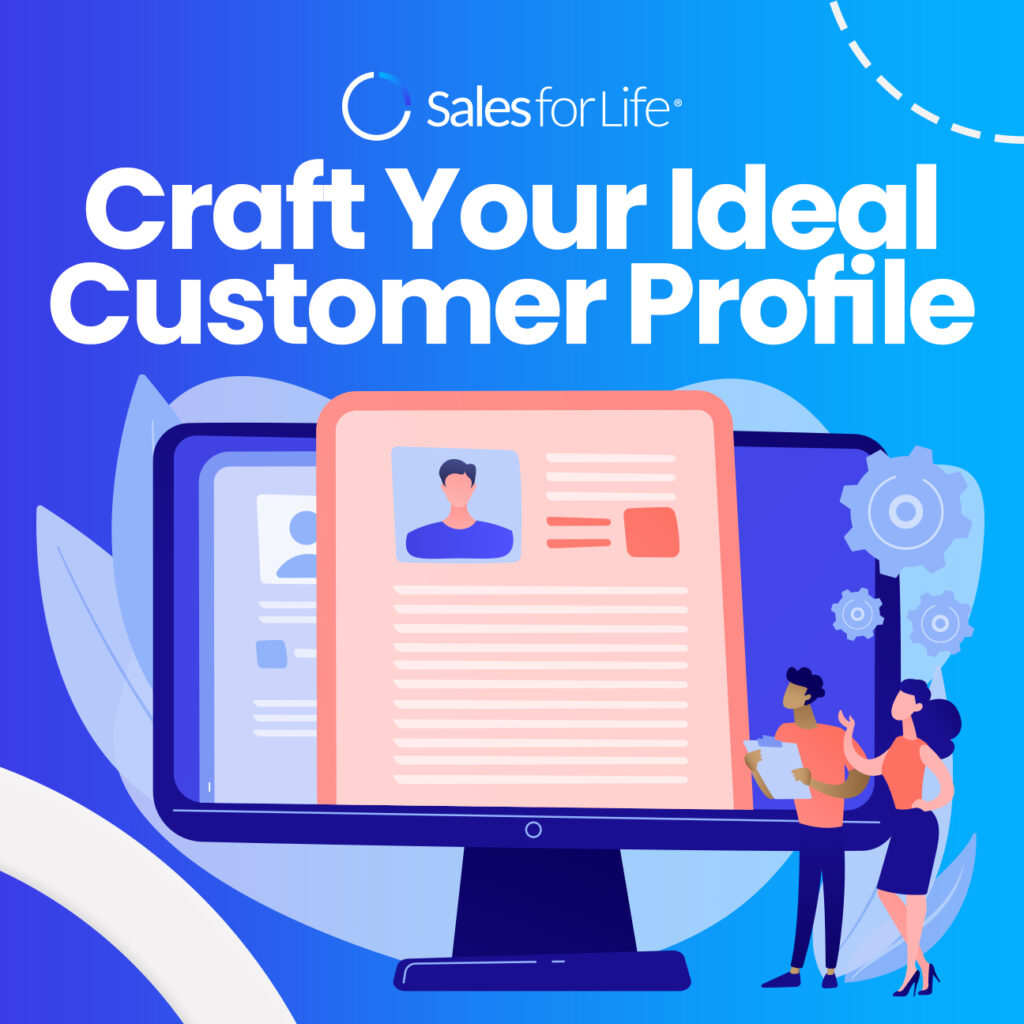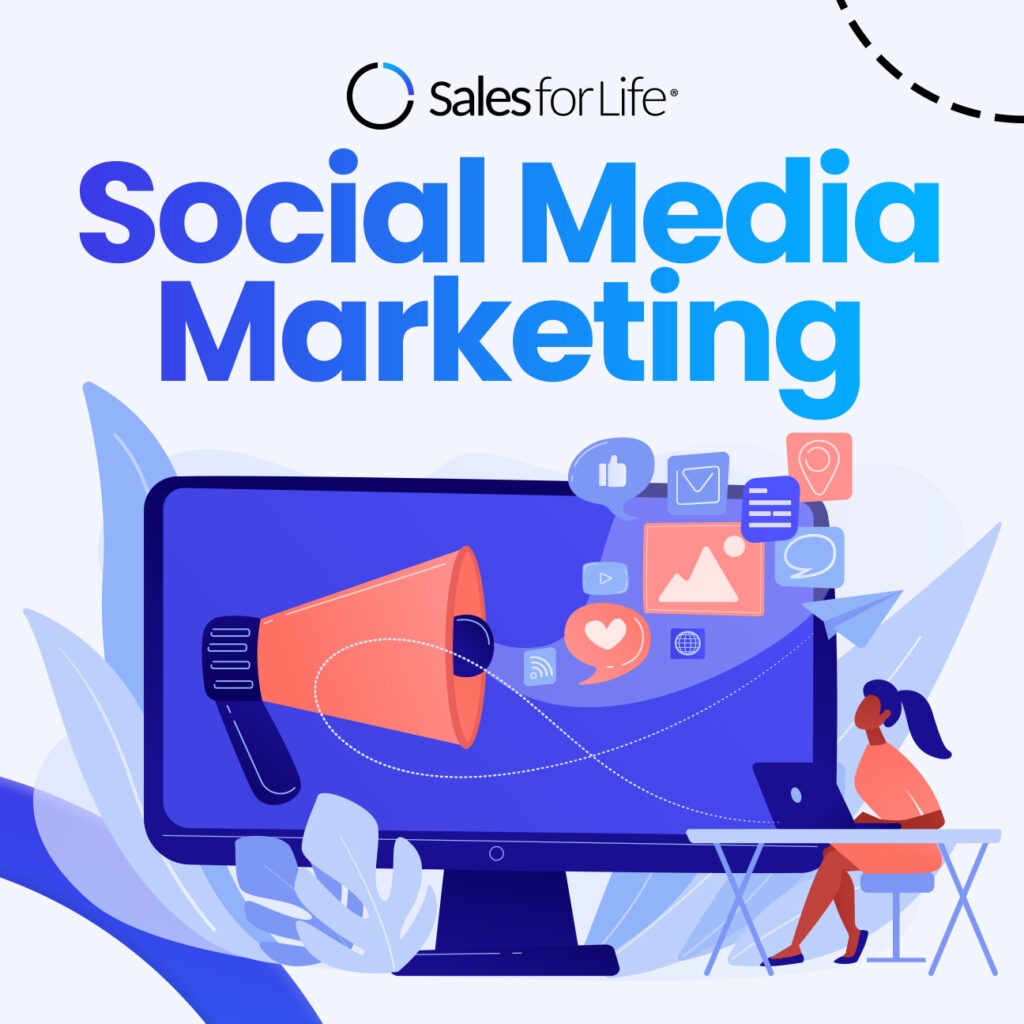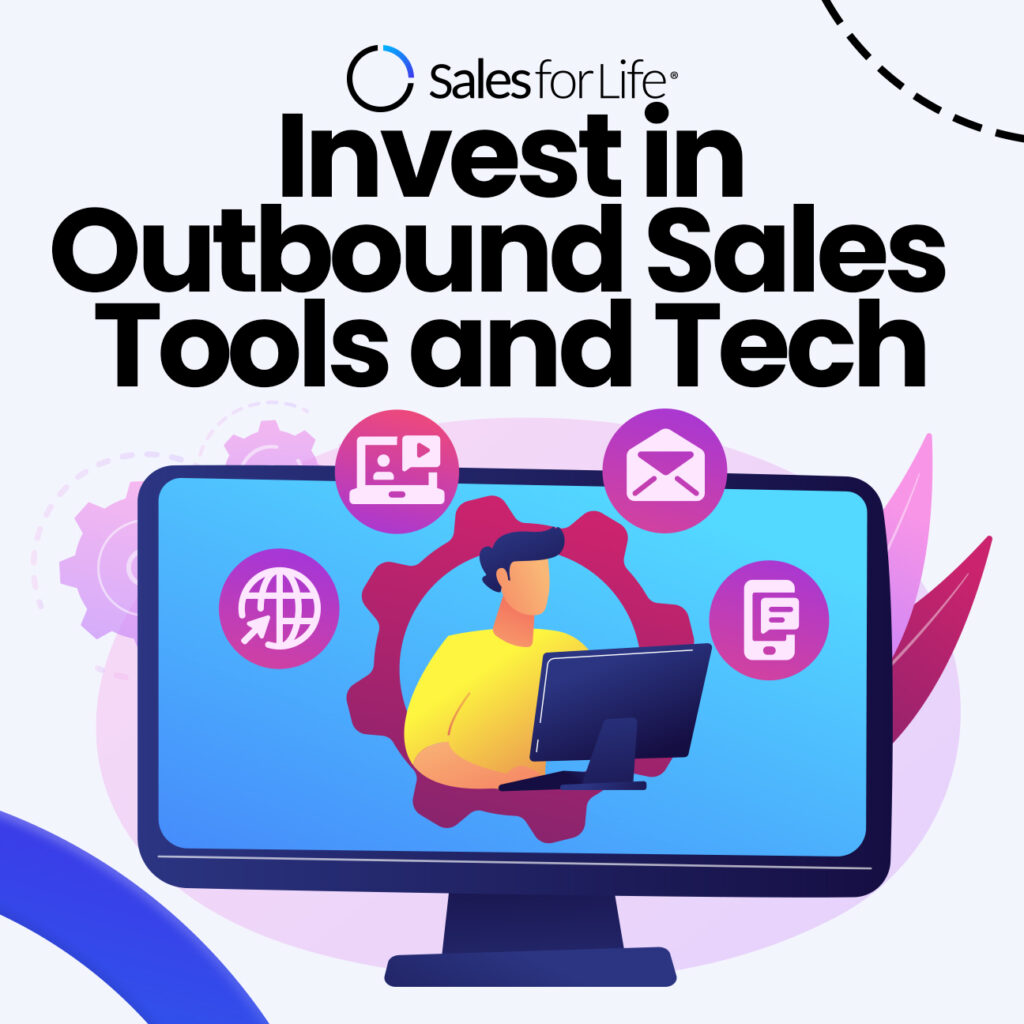Outbound sales, in a nutshell, is any form of traditional selling initiated by salespeople to the target customer – meaning they start and drive the interaction. Given the nature of selling and buying these days, it’s more appropriate to call it outbound communication. However, some proven strategies help an outbound effort be more effective while reducing attrition rates regardless of what you name it.
Here are some tips that can serve as a guide for sales professionals who want to improve the execution of their outbound sales strategy:

Craft Your Ideal Customer Profile
Creating an ideal customer persona is a three-step process:
- First, identify the traits of your ideal customer.
- Understand their problems and how they’re currently solving them.
- Determine what makes your product or service superior to the alternatives for this customer and their particular problem(s).
Additionally, you can create a customer persona by asking yourself a few key questions:
- Who are the people using my product or service?
- How old are they?
- Where do they live?
- What kind of job do they have?
- What is their annual income?
- Do they have kids?
- Do they own a car?
- Do they own a home?
- Are they married or single?
- What do they like to do for fun?
- How much time do they spend online per week?
- What search terms do they use when looking for products or services like mine?
Once you have all this information, it will be easy to develop marketing strategies targeting them directly.

Social Media Marketing
Social media provides an excellent opportunity for businesses to reach consumers with relevant content that is easily accessible on their devices and in real time, making it highly effective at getting customers interested in what you’re selling.
The advantages of using social media are:
- It’s a great way to build a community around your brand, which can help with customer retention, loyalty, and growth.
- It can be used as a lead generation tool, where you can offer incentives to those who sign up to your email list or follow you on social media.
- Social media is free! It could be a good option for you if you have time and resources available.
Here are some strategies to help you make the most of social media marketing:
- Post regularly. Posting on your company’s LinkedIn page or Twitter account daily is essential for maintaining visibility and keeping customers engaged.
- Use visuals. Visuals help attract attention with their bright colors and graphics, so include photos and videos in your posts whenever possible.
- Focus on engagement. Engagement is critical in social media marketing because it helps you better understand what people want from you—and how they want to interact with your brand.
By sharing relevant, engaging, and helpful content, you will be able to attract new clients looking for a particular type of service.
It is also possible to use social media platforms such as LinkedIn and Twitter to drive traffic to your website or blog so that potential customers can learn more about the products or services you offer.

Invest in Outbound Sales Tools and Tech
Inbound and outbound sales strategies are not mutually exclusive—in fact, they work together to create a holistic customer experience that makes you stand out from your competition. But what is the difference between these two approaches?
Inbound sales focuses on attracting new customers through content marketing, SEO optimization, and other digital tactics that drive traffic to your website.
Outbound sales focuses on attracting potential clients who are already in motion toward making a purchase decision; they require more active engagement with customers via phone calls or email campaigns, which can be automated through a CRM system.
It’s not enough to have a tool like Salesforce, HubSpot CRM, or others. You need to use it as the baseline for everything else you do—and you need to ensure it’s set up correctly from the beginning. Outbound sales teams will be responsible for driving your company forward, and if they don’t have all the tools they need, it will be much harder for them to succeed.
Outbound sales teams will rely on data for their success, so make sure that you’re making it easy for them with an intuitive interface and seamless integration between different systems (CRM and marketing automation). They’ll also want access to information about their leads’ behaviors and preferences to tailor their pitches accordingly. Finally, they’ll need access to customer data to anticipate what each person wants before they even ask them!
Final Words
If you want to increase sales, you need to start selling. Although most companies have moved to an inbound approach, they still struggle with inbound sales because they don’t understand what makes people buy something. Outbound sales techniques are still very effective at generating leads that convert customers because they focus on the right things.
Outbound sales is not about pushing people into buying something from you (although that can be part of it). It’s about building relationships with prospects so they know who you are when they need what you offer.
By creating a relationship with prospects, you can build trust and credibility and establish yourself as an authority in your industry. Show them how valuable their business is by providing helpful advice, free resources, or even just engaging them with questions about their business.




